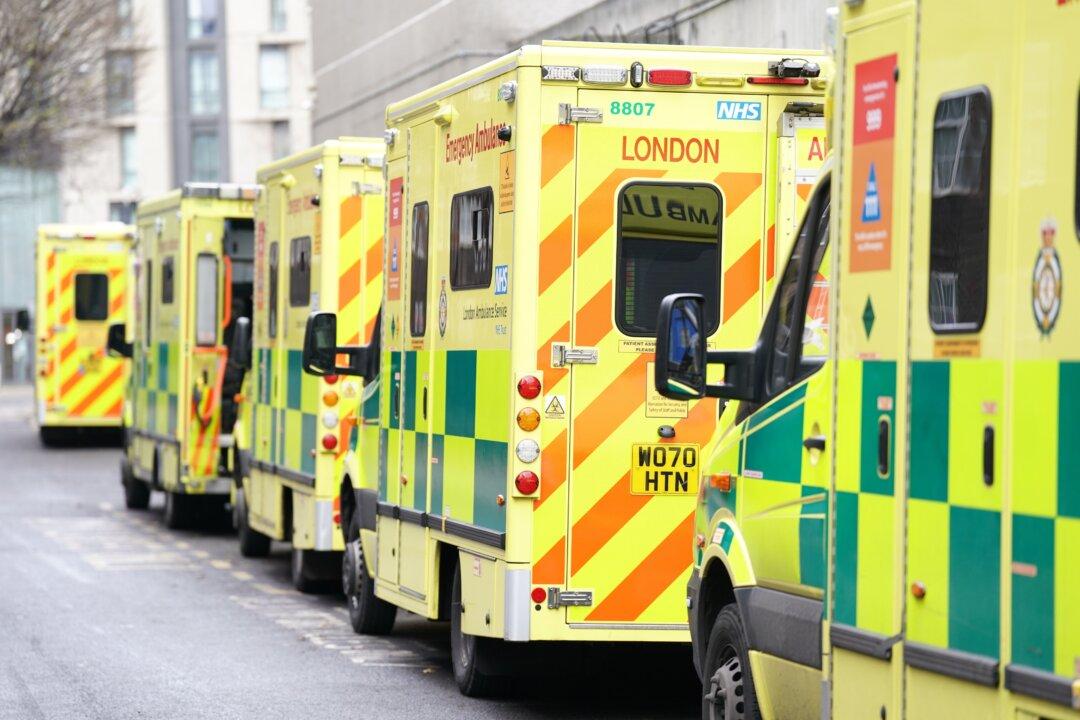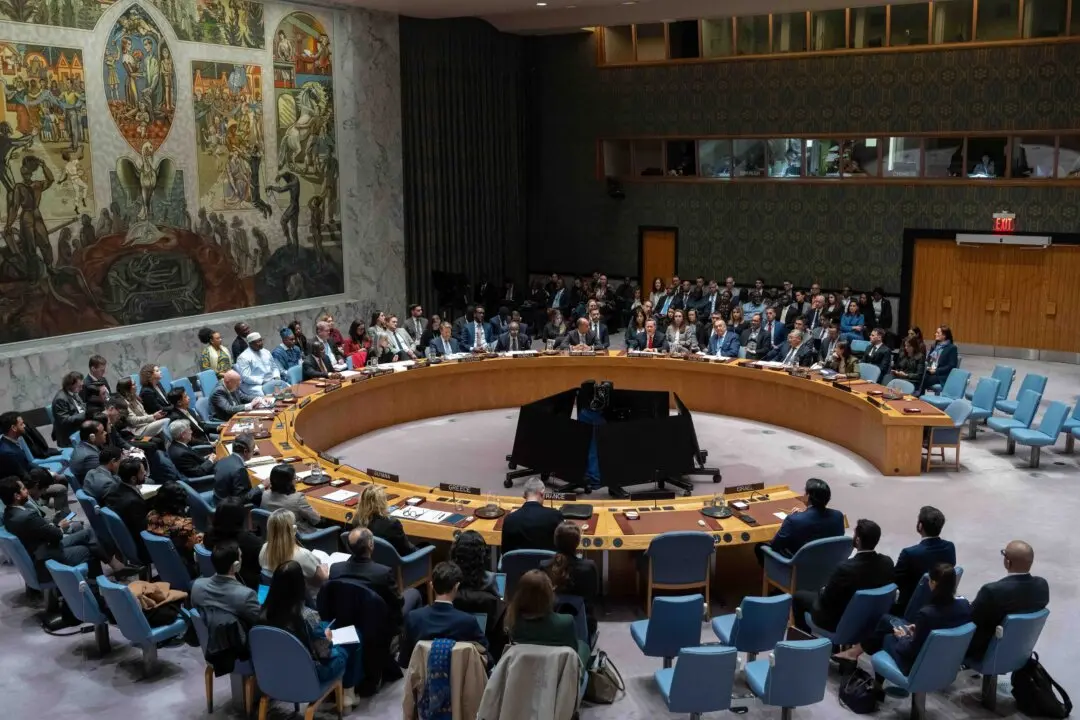Lawmakers in the House of Lords questioned the government on Tuesday over excess deaths in private homes, asking whether strains on the ambulance service and COVID-19 lockdowns have contributed to the number.
It comes after the Office for National Statistics (ONS) counted 4,107 deaths in private homes in England and Wales that were registered during week 51 last year, 37.5 percent higher than the five-year average for the same week.





